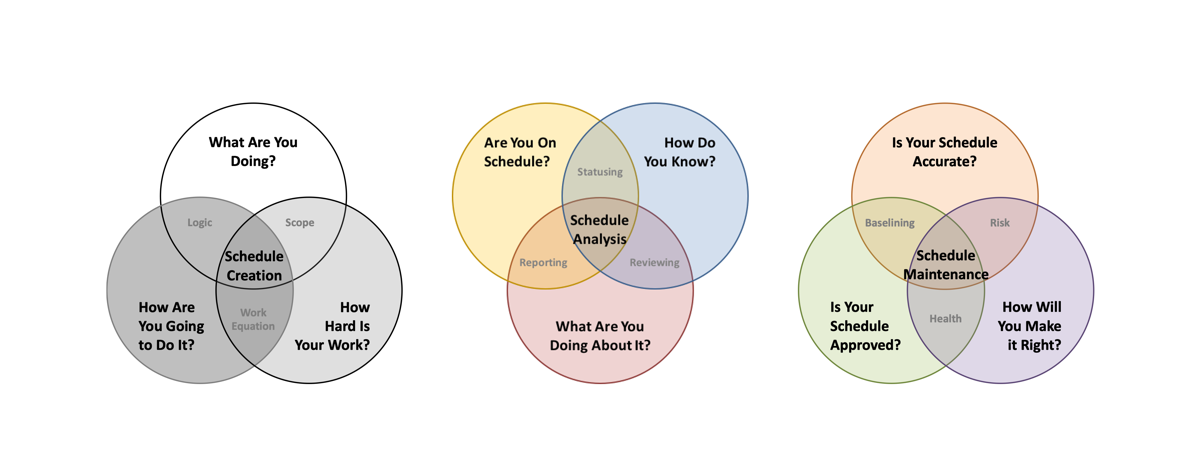Sheldon’s company had the only system that could do what the military wanted. It should have been an easy sole source bid with a relaxed schedule and fat profit margins. Too bad cronyism got in the way.
“We need the system in eleven months, and budgets are tight,” the client told Sheldon’s Vice President. “Do us this favor and we’ll be your champions for the next decade.”
Sheldon’s hardware, software, and modeling teams worked hard on the proposal after hours for two weeks. If they dropped everything, they could deliver the system in just over a year. “Also, our price is high,” Sheldon told his boss. “Given the political dynamics, do you think the VP will slim the profit margin?”
Kendra scowled. “I already asked. We can’t touch his profit margin. He’ll allow us to cut our management reserve from 10% to 2%. But that still puts us over budget. And that does nothing for the schedule. We need to shave hours.”
“Can we cut scope? Outsource work to a cheap model shop? Add features after initial delivery?”
Kendra frowned. “No.”
“Then we can’t do it. We’ve run these sorts of projects for years. We know how long it will take.”
The next day Kendra returned from delivering the bad news to the Vice President and briefed the team. She looked bleak. “He gave us a challenge. We’re going to slash 15% off every estimate to get us inside the schedule and budget targets. Pull this off and we’ll get his entire profit margin.” The team gasped.
“We can’t do it,” said Sheldon. “Even if we abandon all our other customers for a death march.”
“Find a way to do it,” Kendra replied. “Work hard. Get creative. I believe in us. You’ll get anything you need from me.”
Ten sleepless months later, the project fell apart. The military and the Vice President were shocked that Sheldon’s team failed to deliver on time. Didn’t anyone in this company understand the value of a promise?
Questions to Consider
- Who believed Sheldon’s team could meet the aggressive budget and schedule targets?
- How far into the project should routine schedule analysis have spotted the unavoidable delay? What increasingly unrealistic steps would the team try to take to keep the project on time?
- Sheldon’s team sacrificed themselves and infuriated their other clients chasing a hopeless goal. What could Sheldon or the project team have done differently to secure a different outcome?
- Someone benefited from taking on this unrealistically high-risk project. Who was it and why?
